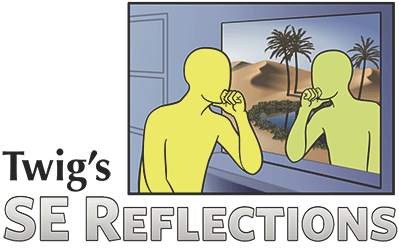[Update: Sweigh Emily Spilken wrote an excellent piece on the subject of individual and community healing after the flood in Boulder, Colorado. You can find it here.]
“Twig, I am looking forward to your blog. I have a question. Can you give some practical information on using SE with groups after a natural disaster? We have been visited by some very destructive tornados in this area recently. Thank you!” – Krystal
Krystal. I’ve been thinking about your question this week and as you can probably imagine, it opens a thousand different paths. For now I’ll mention this.
If I had a group of people willing and interested in meeting together soon after a super big unexpected and heavy natural event like the recent tornados in your area I’d probably think to myself “these people have already done half the work.” That is, just by meeting together they’ve taken significant steps toward alleviating the stress response. We feel safety in the presence of other people we “know, like and trust”. It’s the isolation that really gets us stuck
[Well, there’s also getting a group of survivors of danger together and asking them “what was the worse part of it for you?” Apparently that’s not a good idea either.]
Here we have a baseline then:
- Get people together
- Help them have a good time
- Help them know they’re having a good time
It’s a simplistic notion but I’m pretty serious about it. In moments like this it’s good for us to remember that completing the stress response isn’t something that SE is responsible for. Nature is responsible for that. SE just gives us a cultural practice that allows us to help people participate with what their nature is already trying to do. In the case of folks essentially still in the stress response from a recent danger, the goal is to help them assess whether there’s sufficient safety to come down out of the stress response and then participate with what it is that the body want’s to do in order to re-regulate itself [that often includes allowance for involuntary behavior, a freedom that our culture rarely appreciates or gives sufficient value to but something that an SE informed person like yourself can help others understand]. Doing all of this is easier if people are enjoying themselves (even reluctantly).
So from a very basic, but very practical point of view, I’d recommend seeing if you can get groups of people together and help them have a good time and see if in that good time you can help them settle and be aware of that settling “even just a little bit.”
[I imagine you may have been asking for techniques, something like “should we all put our feet on the ground?” If people in the group think that’s a good time, yeah, that sounds good. But if everyone thinks that knitting is a good time or that clapping and signing is a good time, then I’d probably focus on those instead.]
So if you do get a group of people together and they are participatory in being there (i.e. want to be there) then see what they want to do to have a good time [or provide the seed idea yourself]. Then look for moments that you can bring their attention to any notion of them having a good time and in it, any degree of settling. Basic, but true. Now is a time for establishing the sense of safety and deactivation. That’s my best advice.
Wishing you all the best. -Twig

